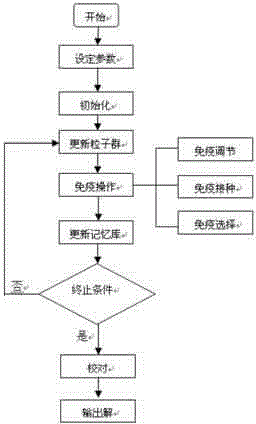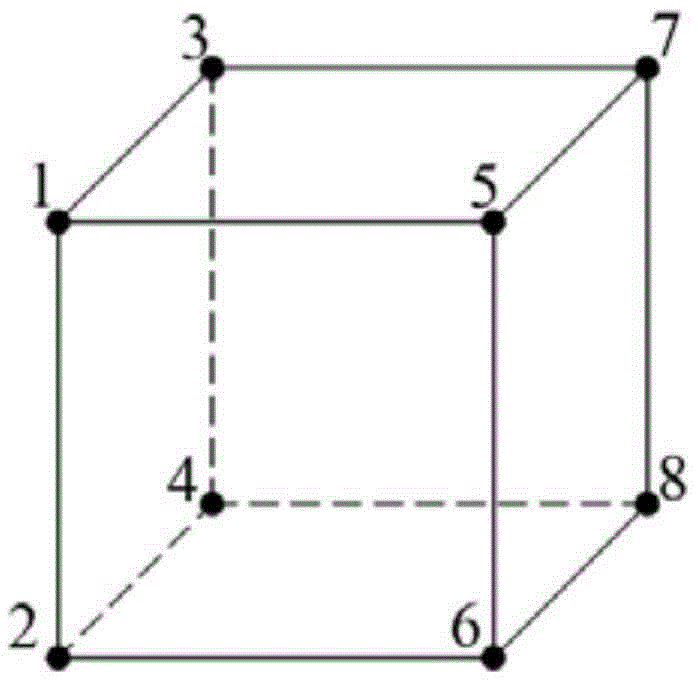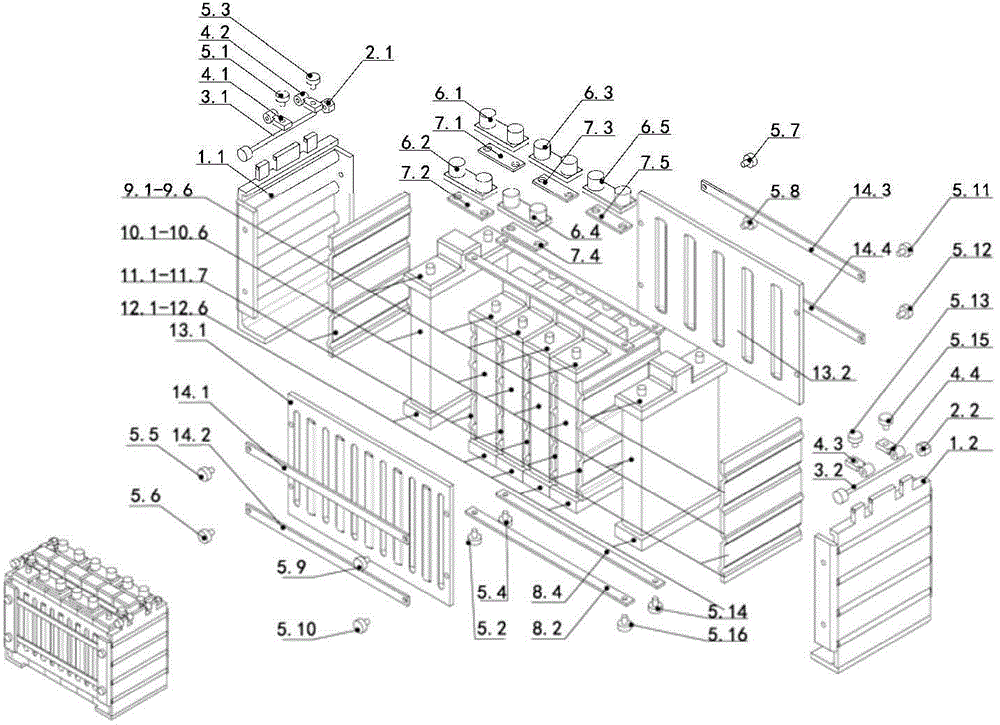Method for solving product assembly sequence planning problem on the basis of immune particle swarm algorithm
A technology for assembling sequences and immune particles, applied in computing, computing models, special data processing applications, etc.
- Summary
- Abstract
- Description
- Claims
- Application Information
AI Technical Summary
Problems solved by technology
Method used
Image
Examples
Embodiment Construction
[0168] The present invention will be further described below in conjunction with the embodiments shown in the accompanying drawings.
[0169] The following combination image 3 A lithium-ion power battery pack is shown as an application test of the algorithm
[0170] With the help of MATLAB software, product A ( image 3 )taking the test.
[0171] 1. Naming of parts:
[0172] Product A is a lithium-ion battery containing 71 elements ( image 3 ), which are listed in Table 1.
[0173] Table 1 Parts List of Product A
[0174] Part Number
Part Name
Part Number
part name
1.1~1.2
Platen
8.1~8.4
connecting plate
2.1~2.2
nut
9.1~9.6
insulation cover
3.1~3.2
screw
10.1~10.6
battery unit
4.1~4.4
connecting plate
11.1~11.7
cooling plate
5.1~5.16
bolt
12.1~12.6
Insulation base
6.1~6.5
insulating cap
13.1~13.2
side panel
7.1~7.5
Current ...
PUM
 Login to View More
Login to View More Abstract
Description
Claims
Application Information
 Login to View More
Login to View More - R&D
- Intellectual Property
- Life Sciences
- Materials
- Tech Scout
- Unparalleled Data Quality
- Higher Quality Content
- 60% Fewer Hallucinations
Browse by: Latest US Patents, China's latest patents, Technical Efficacy Thesaurus, Application Domain, Technology Topic, Popular Technical Reports.
© 2025 PatSnap. All rights reserved.Legal|Privacy policy|Modern Slavery Act Transparency Statement|Sitemap|About US| Contact US: help@patsnap.com



